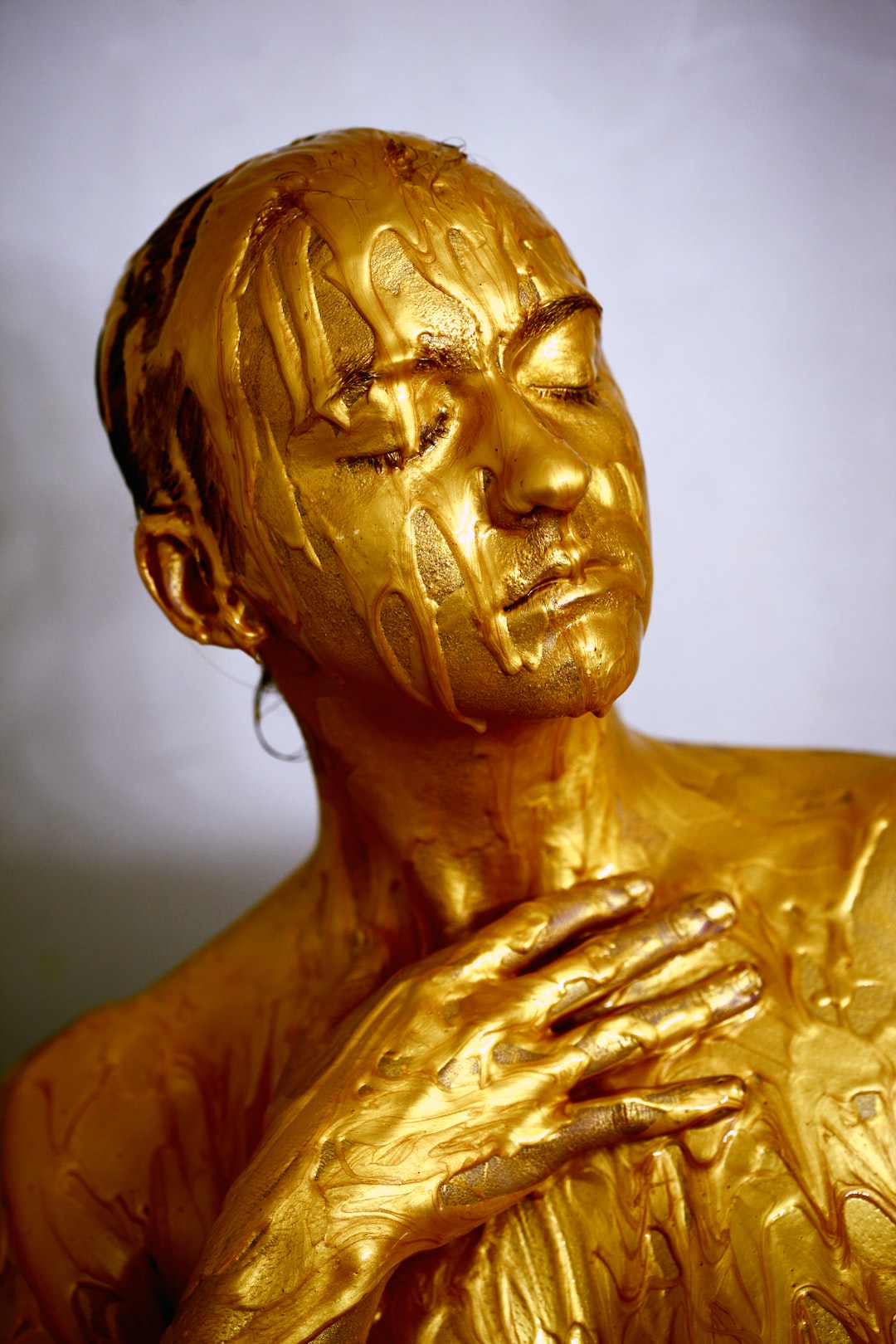Title: Exploring the Artistry of Ballet: Grace, Precision, and Elegance
Introduction
Ballet, a captivating dance form that originated during the Italian Renaissance, has enthralled audiences for centuries. Renowned for its grace, precision, and elegance, ballet dancers captivate viewers with their fluid movements, strength, and ability to convey emotions through dance. In this article, we delve into the artistry of ballet, exploring its rich history and its remarkable attributes that set it apart from other dance forms, such as the vibrant and energetic salsa dance.
Ballet: A Historical and Artistic Journey
Ballet traces its roots back to 15th-century Italian courts, where noble families celebrated weddings and special occasions with intricate dance performances. Eventually, ballet gained popularity in France and Russia, leading to the establishment of ballet companies such as the renowned Bolshoi and the Paris Opera Ballet. Over time, ballet evolved into a highly technical, disciplined, and expressive art form.
Graceful Movements and Precision
One of the most notable aspects of ballet is its graceful movements. Ballet dancers appear weightless as they effortlessly glide across the stage, showcasing impeccable control and poise. Every movement is executed with precision, from the gentle arabesque to the precise pirouettes. Ballet dancers spend years perfecting their technique, constantly striving to achieve seamless body alignment, strength, and balance. This commitment to precision elevates ballet to a level of artistry that few other dance forms can match.
Elegance and Salsa Dance
While ballet and salsa dance may seem worlds apart, they share the common goal of mesmerizing audiences through their elegance. Salsa dance, originating from Latin America, is celebrated for its lively and vibrant movements. Unlike ballet, salsa dance thrives on rhythmic footwork, syncopated beats, and playful partner interactions. While ballet focuses on the individual dancer’s elegance and precision, salsa dance highlights the joy of dancing in harmony with a partner. Both dance forms exude artistic expression and are admired for their ability to evoke emotions in their audience.
Ballet as an Artistic Expression
At its core, ballet is not just about physical technique but also about artistic expression. Through the subtle movements of their bodies, ballet dancers bring stories to life, convey powerful emotions, and transport audiences into a different world. Ballet performances can range from classical pieces like Swan Lake and The Nutcracker to modern productions that push the boundaries of traditional ballet.
Conclusion
Ballet, with its grace, precision, and elegance, stands as a testament to the timeless beauty of the art of dance. Through years of rigorous training and dedication, ballet dancers embody the artistry of their dance form, captivating audiences with every performance. While ballet and salsa dance may differ in their techniques and styles, they both possess the ability to transport us, move us, and bring joy to our lives. Whether we find ourselves immersed in the classical elegance of ballet or swept away by the energetic rhythms of salsa dance, both forms of artistic expression remind us of the power of dance to inspire and uplift the human spirit.
************
Want to get more details?
Dance Fridays
https://www.dancefridays.fun/
Salsa and Bachata Dance in San Francisco at the Bay Area’s largest latin dance nightclub, feating dance lessons and dance classes in both salsa dance and bachata dance followed by mutliple rooms of all night dancing.
